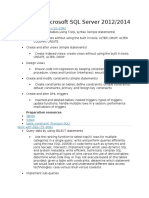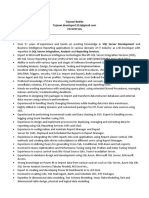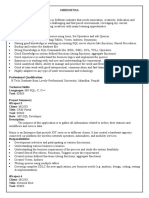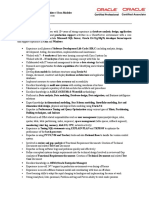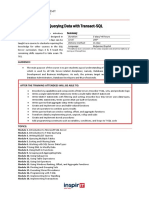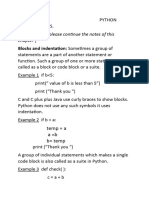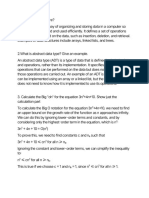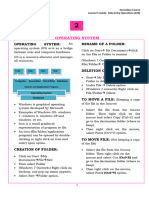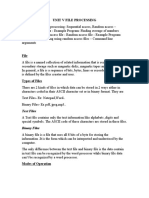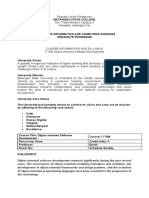0% found this document useful (0 votes)
170 views3 pagesSQL Database Developer Exam Guide
The document outlines the skills measured in Exam 70-762: Developing SQL Databases. It is divided into four main sections: design and implement database objects, implement programmability objects, manage database concurrency, and optimize database objects and SQL infrastructure. The exam evaluates candidates' abilities to design databases, write SQL statements, ensure data integrity, manage transactions and concurrency, and optimize performance.
Uploaded by
TafCopyright
© © All Rights Reserved
We take content rights seriously. If you suspect this is your content, claim it here.
Available Formats
Download as PDF, TXT or read online on Scribd
0% found this document useful (0 votes)
170 views3 pagesSQL Database Developer Exam Guide
The document outlines the skills measured in Exam 70-762: Developing SQL Databases. It is divided into four main sections: design and implement database objects, implement programmability objects, manage database concurrency, and optimize database objects and SQL infrastructure. The exam evaluates candidates' abilities to design databases, write SQL statements, ensure data integrity, manage transactions and concurrency, and optimize performance.
Uploaded by
TafCopyright
© © All Rights Reserved
We take content rights seriously. If you suspect this is your content, claim it here.
Available Formats
Download as PDF, TXT or read online on Scribd
/ 3



